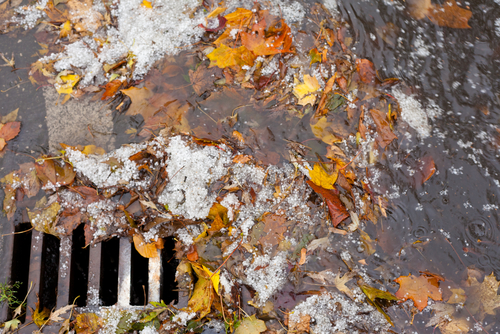 |
For more than 2 centuries, Americans have steadily developed cities, towns, and villages to meet the needs of people, often in direct opposition to the natural environment. Today, however, it is clear that the way we develop land must also incorporate sound environmental practices, especially regarding stormwater.
According to the U.S. Environmental Protection Agency (EPA), “Urban-related stormwater is thought to be responsible for the impairment of 858,186 acres of lakes, reservoirs, and ponds and 51,548 miles of rivers and streams, among other types of assessed waters.” And this estimate reflects only those waters that have been assessed, which includes only 45 percent of lakes, reservoirs, and ponds and just 27 percent of rivers and streams. Overall, the EPA considers stormwater sources of impairment to be greatly underreported due to their inherently diffuse and episodic nature.
Join us on July 30 when you will learn how to determine when post-construction best management practices (BMPs) are required and much more. Register Now.
The impacts of development on the water cycle begin with the removal of vegetation, which decreases both the evaporation of water from the ground surface and transpiration from plant surfaces, increasing the amount of stormwater available as runoff to surface water bodies. Further contributing to runoff volume is the increase in impermeable surfaces such as roads, parking lots, and buildings required for development. Impermeable surfaces are also responsible for increasing the temperature of the water, which decreases the amount of oxygen available to aquatic life and disrupts such things as mating, reproduction, and foraging.
A study performed in North Carolina illustrates just how great the impact of development on stormwater discharges really is. The study was performed over 5 years and 7 months on two areas—one that was forest and farmland and the other that was developed as a subdivision with 32 single-family homes with 53 percent impervious surfaces. The study found that the volume of stormwater runoff in the developed area was 68 percent greater, and the ratio of runoff was 2.75 times the runoff in the undeveloped area. Also notable was the finding that the developed areas discharged the stormwater to water bodies much faster than the undeveloped areas, which were able to hold the water and discharge it more slowly.
The results of both increased volume and speed of stormwater runoff also have significant impacts on the water bodies receiving them. According to the EPA, an analysis of stream flows at 2,888 monitoring stations nationwide showed developed area stream flows were in some way altered in 86 percent of the cases compared to nearby reference locations in undisturbed areas, a problem that can negatively impact the ability of the stream to support fish and other aquatic life.
Join us on July 30 for an in-depth webinar on how to manage the post-construction phase of stormwater management projects. Register Today.
The natural geography of the water system is another aspect impacted by development. Known as the geomorphology, it includes the “arrangement and characteristics of landforms, including stream channels, ridges, hill slopes, and flood plains.” When development increases the volume and speed of stormwater runoff, the result can be washed out vegetation, uprooted trees, and destabilized stream channels. In some cases, erosion can lead to stream bank collapse, causing the stream to become wider and deeper, lowering normal stream flow levels and nearby groundwater levels.
In turn, when groundwater levels drop, water flows to the stream take deeper paths that lack the natural organic materials found on the surface and that reduce nitrates, allowing more nutrients to reach the stream. In a Minnesota study of the impact on land use on an aquifer, researchers found that sewered residential, commercial, or industrial areas had higher levels of total dissolved solids like calcium, potassium, sulfate, and magnesium, while unsewered residential areas had higher concentrations of boron, chloride, and nitrate. Similarly, in the North Carolina study, the amount of nitrogen and phosphorus exported was 66 percent to 88 percent greater in the developed area versus the undeveloped area, and the amount of sediment was 95 percent greater.
